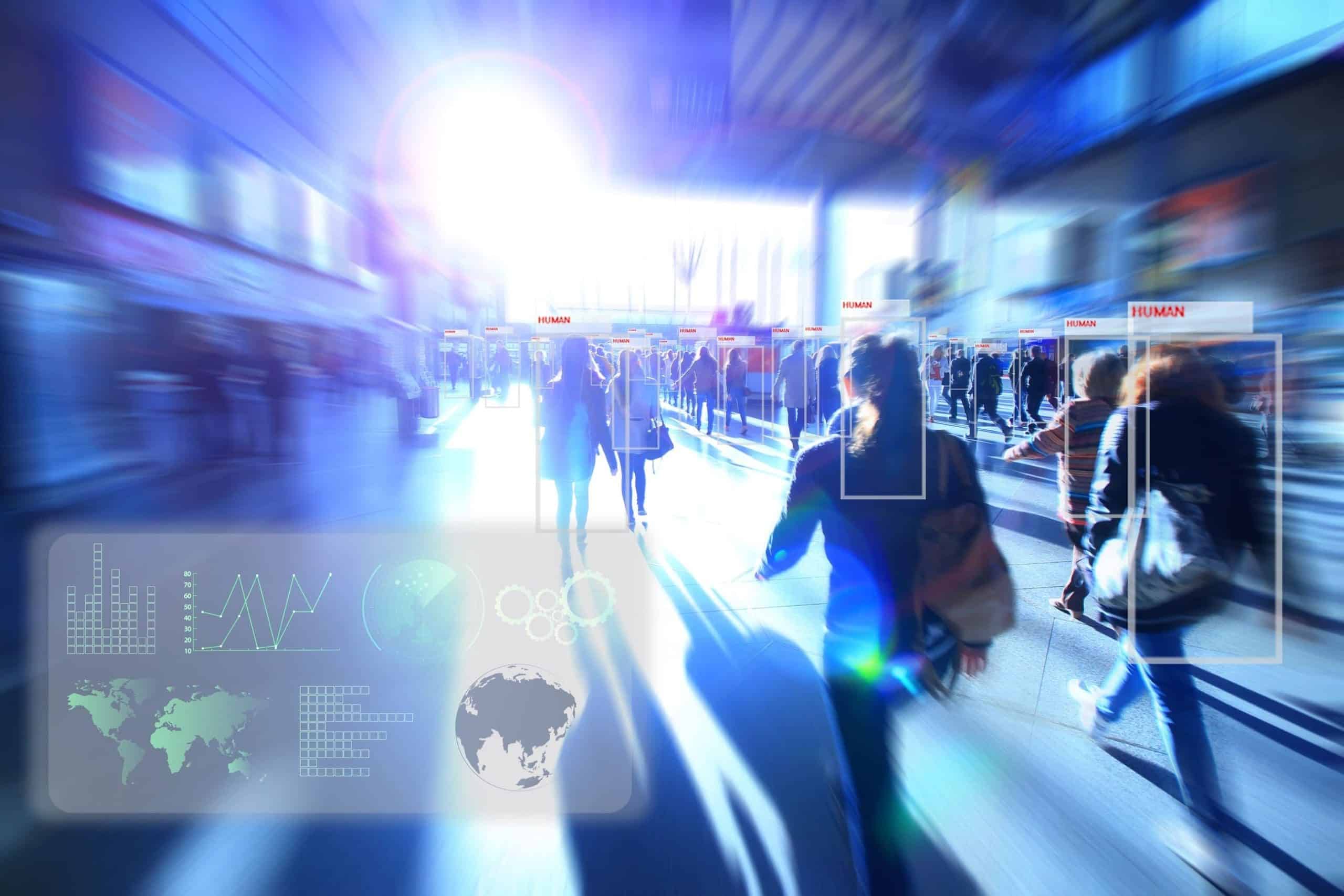Ensuring the safety and security of citizens is fundamental to the stability and prosperity of any community, city, or country. However, the increasing complexity of emergency situations and the demand for rapid, efficient responses have made maintaining public safety more challenging than ever. From natural disasters and terrorist attacks to everyday incidents like traffic accidents and medical emergencies, law enforcement and security agencies must be equipped to handle a wide range of scenarios.
This blog aims to provide an in-depth look at the current state of the public safety market, highlighting the key challenges, emerging trends, market data, and innovative solutions shaping its future. By understanding these dynamics, law enforcement can better prepare for and respond to the evolving landscape of public safety.
Challenges facing public safety today
Law enforcement and security agencies face numerous challenges as they strive to protect communities. Some of the primary issues include the following.
Increasing complexity of emergency situations
The nature of emergencies has evolved, becoming more complex and multifaceted. Largely due to climate change, natural disasters have grown in frequency and intensity. Contemporary terrorist threats are increasingly varied, encompassing cyber-attacks, individual lone-wolf perpetrators, and the possible deployment of chemical, biological, or radiological weapons. As evidenced by COVID-19, pandemics have emerged as a major global threat. These threats require coordinated responses from multiple agencies and sectors, with the complexity making it difficult to manage resources and respond effectively.
Need for rapid response and situational awareness
In emergencies, time is of the essence. Public safety agencies need to respond quickly and have real-time situational awareness to make informed decisions. Delays or gaps in information can have severe consequences, leading to loss of life and property.
Learn about Maris Tech’s low latency video streaming H.264/H.265 encoder/decoder.
Budget constraints and resource limitations
Public safety agencies often operate under tight budget constraints, limiting their ability to invest in advanced technologies and training. In the U.S., for example, FBI Director Christopher Wray cautioned that the fiscal 2024 budget was approximately $500 million short of what the agency required to maintain its 2023 operations, and additional reductions would have serious repercussions. Resource limitations can hamper public safety agencies’ effectiveness, especially in large-scale emergencies that require extensive manpower and equipment.
Market trends and data in public safety
Despite these challenges, the public safety market is growing, driven by advancements in technology and increasing demand for effective edge computing solutions.
Market size and growth projections
The public safety market is projected to grow significantly in the coming years. The market size was valued at USD 1.1 billion in 2023 and is expected to reach USD 2.0 billion by 2028, growing at a compound annual growth rate (CAGR) of 13.0%. This growth is fueled by the adoption of new technologies and the increasing need for efficient emergency response systems.
Adoption of new technologies
Technological advancements are transforming public safety operations. Key technologies driving this growth include:
- Drones and AI: Drones equipped with artificial intelligence are becoming essential tools for surveillance, search and rescue, and disaster response. They provide real-time data and enhance situational awareness, enabling faster and more effective responses.
- IoT devices and real-time data analytics: The integration of Internet of Things (IoT) devices and real-time data analytics allows public safety agencies to monitor and manage emergencies more efficiently. IoT devices collect data from various sources, while analytics tools process this data to provide actionable insights.
Future trends in public safety
The future of public safety is promising, with several trends expected to shape the industry in the coming years.
AI and machine learning applications
AI and machine learning are set to revolutionize public safety by automating tasks and improving decision-making processes. These technologies can analyze vast amounts of data to identify patterns and predict potential threats, enabling proactive measures to prevent emergencies.

Expanded use of autonomous systems
Autonomous systems, including drones and robots, will play a more significant role in public safety. These systems can operate in hazardous environments, conduct surveillance, and perform search and rescue missions without risking human lives.
Enhanced real-time communication technologies
Effective communication is crucial in emergency response. Future public safety systems will leverage advanced communication technologies to ensure seamless information sharing among agencies and responders. Real-time communication tools will improve coordination and response times.
Greater focus on cybersecurity and data protection
As public safety agencies increasingly rely on digital technologies, cybersecurity becomes paramount. Protecting sensitive data and ensuring the integrity of communication networks will be critical to maintaining public trust and operational effectiveness.
Solutions and systems used in public safety
To address the challenges and leverage emerging trends, public safety agencies are adopting a range of advanced solutions and systems.
AI and machine learning
AI and machine learning applications are being integrated into various aspects of public safety. These technologies enhance data analysis, threat detection, and decision-making processes. For example, AI-powered surveillance systems can identify suspicious activities and alert authorities in real time, improving response times and preventing incidents.
Real-time communication technologies
Real-time communication tools are essential for effective emergency response. These technologies enable seamless information sharing among responders, improving coordination and situational awareness. Advanced communication systems, such as Next-Generation 911 (NG911), facilitate faster and more accurate emergency dispatching.
Data analytics and IoT integration
Data analytics and IoT integration are transforming how public safety agencies operate. IoT devices collect data from various sources, such as surveillance cameras, sensors, and drones. This data is then processed and analyzed to provide actionable insights, enabling agencies to make informed decisions and respond more effectively.
The path forward for public safety agencies
Technological advancements and the growing need for efficient emergency response systems drive the public safety market’s rapid evolution. Despite the challenges of increasing emergency complexity, budget constraints, and resource limitations, the market is poised for significant growth. We can expect that the adoption of AI and machine learning, expanded use of autonomous systems like drones, enhanced real-time communication technologies, and a greater focus on cybersecurity will shape the future of public safety.
Contact MARIS Tech for more information and edge computing solutions tailored to meet the needs of public safety agencies.


